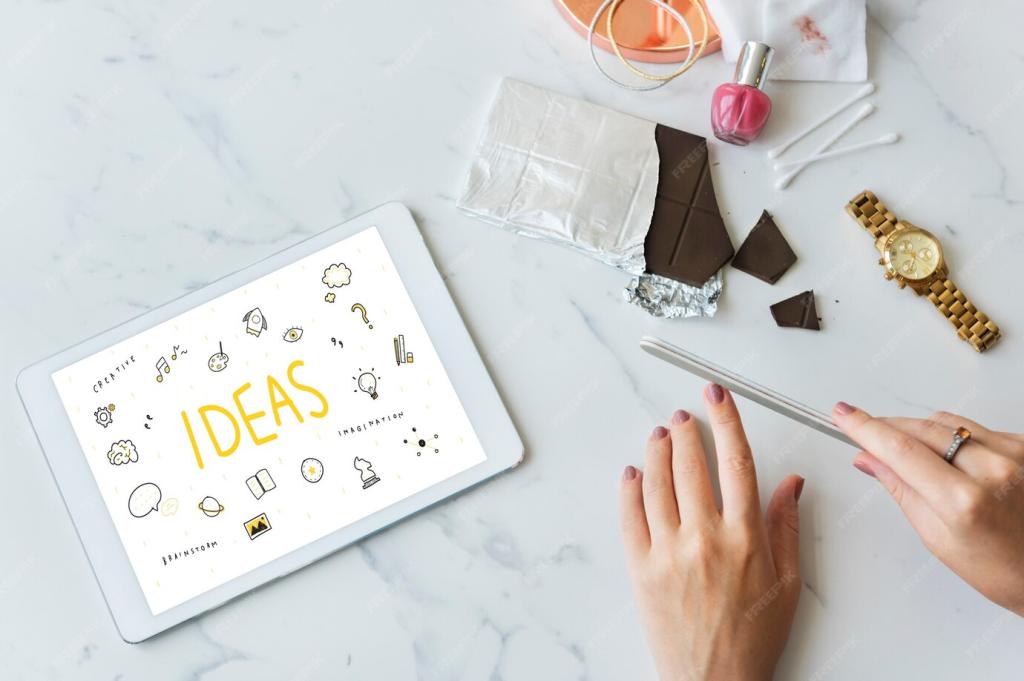Before-and-After Words: A Mini Case Study
Original: A neutral bedroom with a wooden bed and two lamps. Functional, but bloodless. Readers scroll past because nothing asks them to imagine, feel, or respond.
Before-and-After Words: A Mini Case Study
Rewrite: A hush of warm oak grounds the room while twin brass lamps pour honeyed light onto linen that breathes. Imagine journals opening themselves. Readers linger, picturing endings and beginnings.








